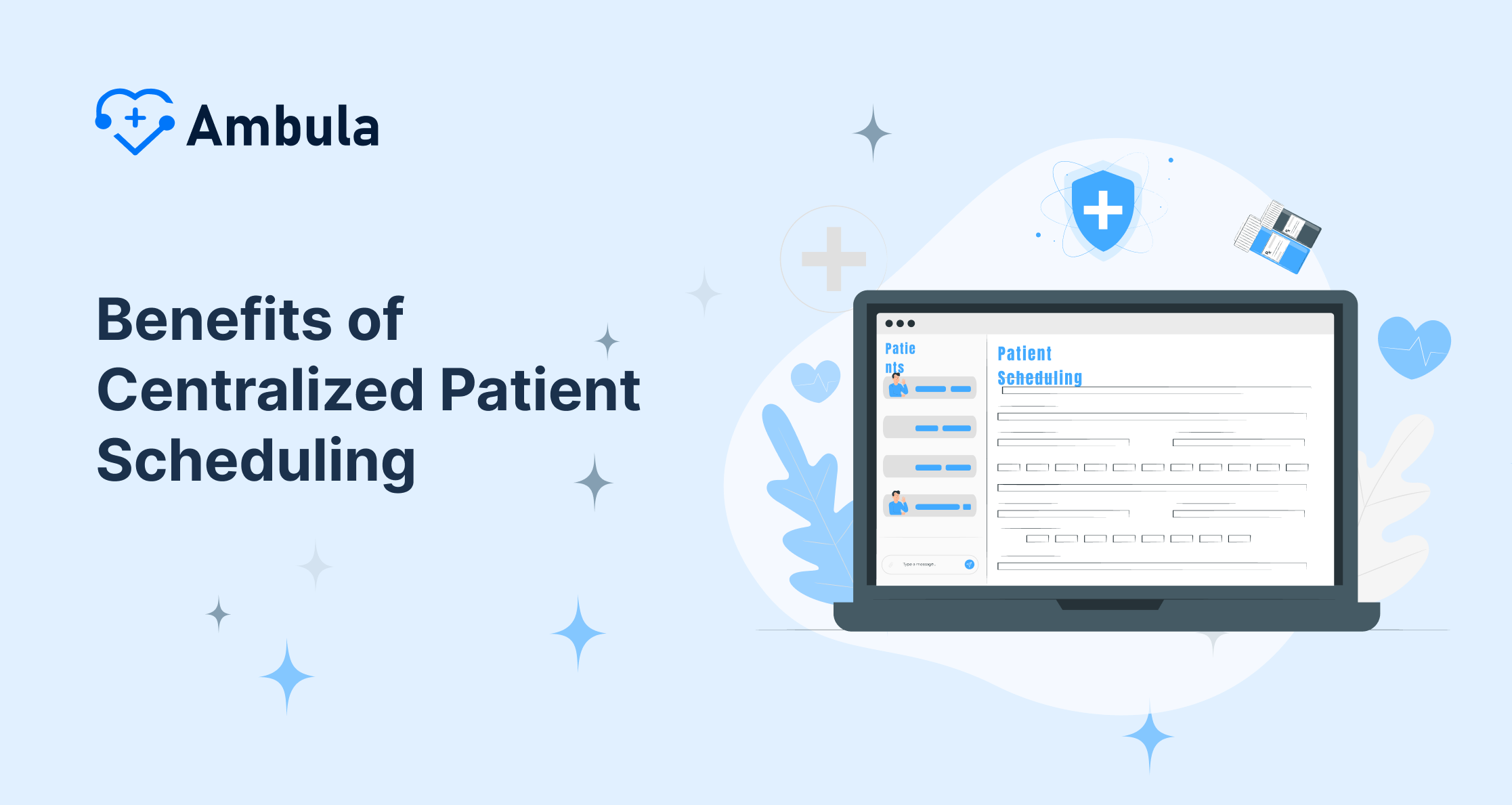
Scheduling software is a computer program that helps medical practices manage patient scheduling and appointment bookings. It allows staff to easily view, book, and modify available appointments while keeping track of patient information and histories. Scheduling software can significantly reduce the labor required to manage a practice, freeing staff to focus on other tasks.
- Benefits of Scheduling Software
- Choosing the Right Software
- Implementing the Software
- Optimizing Efficiency
- Monitoring Performance
- Security Considerations
Benefits of Scheduling Software
Using scheduling software can provide several benefits to medical practices. It can reduce the time spent manually scheduling appointments, freeing staff to focus on other tasks. It can also improve patient satisfaction by providing them a more accessible and more convenient way to book appointments. Additionally, it can improve accuracy and reduce errors since it eliminates the need for manual data entry.
Choosing the Right Software
When selecting patient scheduling platform, it is essential to consider the features and capabilities that best meet the practice’s needs. For example, some software allows online bookings, while others require manual scheduling. It is also essential to consider the cost since the software can range from free to expensive. Ensuring the software is compatible with the practice’s existing systems and databases is also important.
Check out these articles after you’re done
- Unlock your practice potential with medical EMR system?
- What are benefit of using practice management software?
- How to train your stuff to use practice management software?

Implementing the Software
Once the software has been selected, it is essential to implement it properly. This involves training staff on how to use the software, setting up the software to integrate with existing systems, and ensuring that all patient data is correctly entered. Additionally, it is essential to regularly review and update the software to ensure that it meets the practice’s needs.
Optimizing Efficiency
Once the software has been implemented, several steps can be taken to optimize scheduling efficiency. For example, ensuring that all staff is adequately trained and up-to-date on the software is essential. Additionally, it is necessary to review patient data regularly to ensure that it is accurate and up-to-date. It is also necessary to periodically check appointment availability to ensure enough appointments are available for patients.
Monitoring Performance
To ensure that the software is appropriately optimizing scheduling efficiency, it is essential to monitor its performance. This can be done by reviewing patient feedback, comparing appointment availability to patient demand, and analyzing the time it takes to schedule appointments. Additionally, it is essential to periodically review the software to ensure it is correctly integrated with existing systems and databases.
Security Considerations
When implementing scheduling software, ensuring the system is secure is essential. This includes providing that patient data is encrypted and stored securely, and that access to the data is restricted to authorized personnel. Additionally, it is essential to ensure that the software is regularly updated and monitored for any potential security vulnerabilities or bugs. This includes scanning for malware, openness, and other malicious software that could compromise the system’s security. Additionally, it is essential to ensure that the software is regularly tested to ensure that it functions correctly and that any potential security updates are applied when necessary. Finally, it is essential to ensure the system is regularly backed up in case of any data loss or system failure.
Conclusion
Scheduling software can be a valuable tool for optimizing scheduling efficiency in medical practices. However, it is essential to properly select and implement the software and monitor its performance to ensure that it optimizes scheduling efficiency. Additionally, it is essential to consider security when implementing the software. By following these steps, medical practices can ensure that their scheduling software is helping to improve their efficiency and providing their patients with the best possible care.




